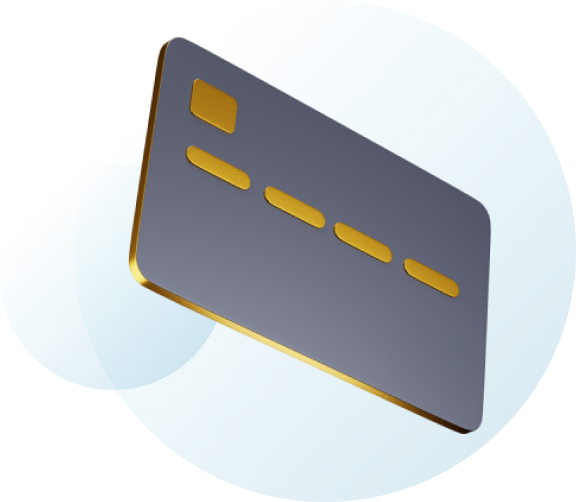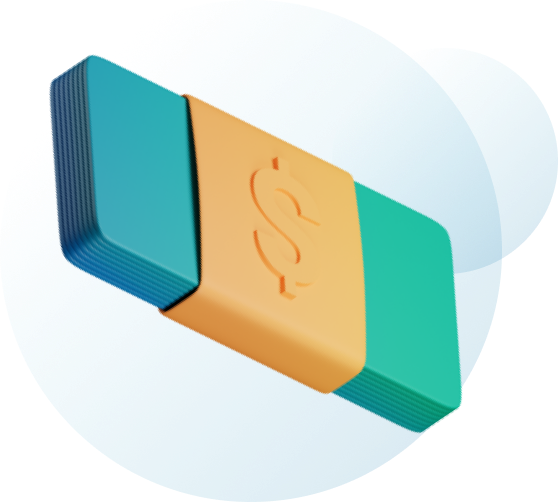Lateral epicondylitis is characterized by elbow pain on the outer (lateral) side of the elbow caused by overuse of the forearm muscles involved in gripping activities, like holding a tennis racket. These muscles attach to a bony projection of the humerus (the long bone of the arm) called the lateral epicondyle. Lateral epicondylitis often occurs in tennis players. For this reason, this condition is commonly referred to as tennis elbow.

